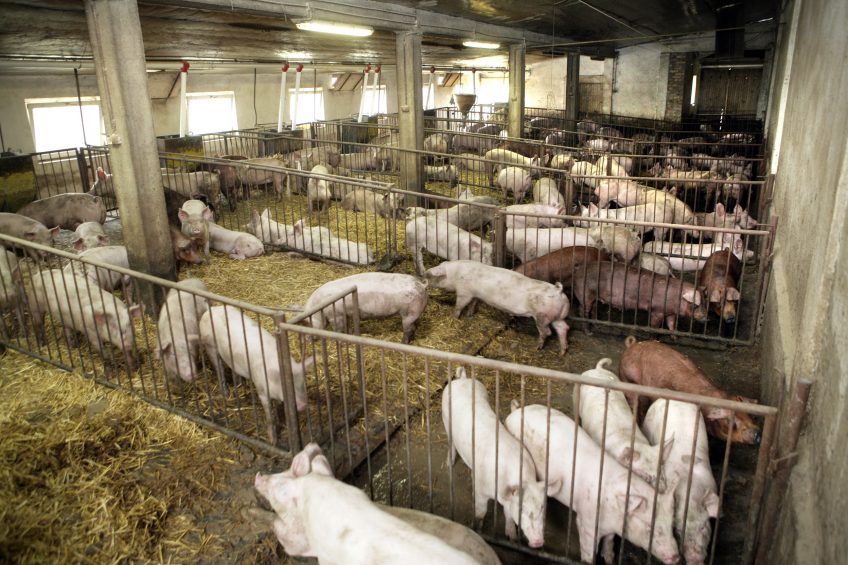Polish pig business could do with more collaboration

A higher level of collaboration can help Poland’s pig business to thrive. In recent years, the primary sector has recently been shrinking by roughly 40%, turning Poland into a net importer of pork.
The Polish pig business is missing potential as the level of collaboration is far from optimal. That, in short, is the main conclusion of a report of the Poland-based Institute of Agricultural and Food Economics – National Research Institute (IAFE-NRI). The report was commissioned by the Netherlands agricultural counsellor for Poland.
Large number of small-size pig farms in Poland
Although farms do grow in size, the Polish pig business cannot be characterised as being very consolidated, as the number of small farms is relatively large. The country’s pig inventory has been shrinking by 40% since 2000. By the end of 2016, there were 10.2 million pigs on 280,000 farms. Sow numbers have almost declined by half since 2000 and now sits at 800,000 pigs. On average, a pig farm has 45 pigs. Over 50% of all farms has fewer than 20 pigs.

Read more about the pig situation in countries all around the world with this special tool
Two-thirds of all pigs can be found on farms having more than 200 pigs, 40% of all pigs are on farms with over 1,000 pigs and almost 25% of the pigs can be found on farms having more than 5,000 pigs. Large, professional farms achieve a feed conversion of 2.8 – on smaller farms this can be as high as 4.5.
Home market as most important for pig sector
Not only primary pig production shows this rather disorganised structure – the entire chain shows this picture. The meat processing sector is characterised by a low efficiency. The home market is the most important market for the Polish pig sector. Domestic annual consumption is relatively high with 41kg pork per capita.
Because of a reduction of the pig inventory, Poland converted from being a net exporter of pork to become a net importer. The country’s self-sufficiency rate dropped from 110% in 2000 to 91% in 2016. To make up with that demand, the country is annually importing 200,000 tonnes of pork.
Plenty of Polish land available for pig feed
In short: there is room for improvement. Domestic consumption has been high and stable for years; and all conditions are present for producing pork against low costs. There is plenty of land available to grow pig feed and both slaughter as well as processing capacities are present to a large extent. This could turn Poland into a competitor on international markets.
For the Polish pig business as a whole the main challenge is to improve its efficiency by setting up production chains, allowing individual players to cooperate more together closely.











